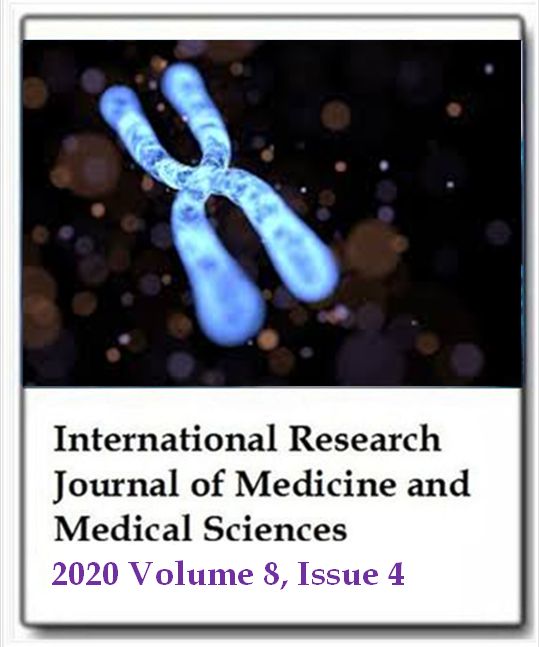Nasal carriage of methicillin-resistant Staphylococcus aureus among healthcare undergraduates in Malaysia
Deepa Anbazhagan, Mak Jia Hui, Nurul Aisyah, Arina Syazwani, Teh Pei Keong, Lai Jie Shuen, Manjulah Samugam Sundram, Heymala Subramaniam and Vinoth KumarasamyInternational Research Journal of Medicine and Medical Sciences
Published: November 13 2020
Volume 8, Issue 4
Pages 116-118
DOI: https://doi.org/10.30918/IRJMMS.84.20.042
Abstract
Staphylococcus aureus is a common component of skin flora of healthy adults. However, it can cause serious infections such as bloodstream infections, pneumonia, or bone and joint infections. Methicillin-resistant Staphylococcus aureus (MRSA) is known to cause hospital- (HA-MRSA) and community-acquired (CA-MRSA) infections worldwide. Asia is reported to have highest prevalence rates of HA-MRSA and CA-MRSA. As there were very less number of epidemiological studies being done in Malaysia, this study aimed to determine the prevalence of MRSA infection among the healthcare undergraduates who will be engaging with patients soon. We analyzed nasal swabs of students from a private medical institution in Klang Valley, Malaysia. Methicillin-resistance was accessed by sensitivity to the Oxacillin and Cefoxitin disks. In a total of 151 healthcare undergraduates, 117 of them were found positive for Staphylococcus aureus. Among the latter, 21 samples (13.9%) were resistant to Oxacillin and Cefoxitin. Our data shows significant high percentage of MRSA infection and therefore prevention strategies for MRSA need to be developed for the healthcare students before they engage with patients in clinic setting.
Keywords: MRSA, nasal swab, healthcare undergraduates, Oxacillin.
Full Text PDFThis article is published under the terms of the Creative Commons Attribution License 4.0

